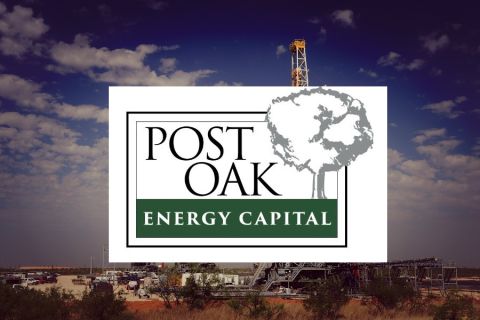Years of under-investment in the oil-service industry's infrastructure, 20 years of oil-patch layoffs-and a strong dose of denial-have gotten the U.S. into a surprisingly tough situation. "We are not ones to talk in terms of extremes, but we now believe a serious energy crisis is looming...We believe the you-know-what is about to hit the fan." So say Neal McAtee and the rest of the oil-service analysis team at Morgan Keegan & Co. In one of the most strongly worded reports yet in this bullish year of high oil and gas prices, soaring demand and inventory shortages, McAtee says the chickens are coming home to roost. His comments were prompted by data released by the American Petroleum Institute on Aug. 22 that he called "mind-boggling." API reported the latest drop in U.S. crude oil inventories means that supplies are now at a 24-year low. These numbers are lower than they were in 1976, a time when the U.S. imported far less crude than it does today, and when daily global consumption was 30% less than it is now. In other words, the crisis could be more severe than it was in the 1970s. "Simply put, just-in-time inventories of oil leave no room for error," McAtee says. He lists the litany of causes of the potential crisis. Oil companies have generally been quick to cut spending and slow to increase it. Declining commodity prices over time have forced companies to drill only the easy prospects. There has been no significant new building of oil-service assets for almost 20 years. With a few exceptions in 1990 and 1997, employment has fallen almost every year since 1982. "Current activity levels are not enough to alleviate the tight supply and demand picture. There is not enough iron or labor to reach the necessary activity levels. Prices of the commodity and of oil services will have to increase to attract the necessary capital to reach adequate activity levels." Once reality hits, McAtee says, denial will end and oil prices will go higher. So will service stocks. In a separate report, Deutsche Banc Alex. Brown's research group finds that U.S. production will not do much to correct the inventory shortfall this year. So far, through five months of 2000, data from the eight largest producing states (Texas, Alaska, California, Louisiana, Oklahoma, New Mexico, Wyoming and Kansas, which account for about 65% of total U.S. production), show that output fell 4% or 160,000 barrels per day, to just 3.9 million barrels per day. -Leslie Haines
Recommended Reading
Occidental Increases Annual Dividend by 22%
2024-02-11 - Occidental Petroleum Corp.’s newly declared dividend is at an annual rate of $0.88 per share, compared to the previous annual rate of $0.72 per share.
Atmos Energy Announces Quarterly Dividend
2024-02-11 - Atmos’ dividend marks the company’s 161st consecutive quarterly dividend.
Atlas Energy Solutions Declares Dividend
2024-02-09 - Atlas Energy’s dividend represents a 5% increase from the previous quarter’s dividend.
Northern Oil and Gas Ups Dividend 18%, Updates Hedging
2024-02-09 - Northern Oil and Gas, which recently closed acquisitions in the Utica Shale and Delaware Basin, announced a $0.40 per share dividend.
Permian E&P Midway Energy Partners Secures Backing from Post Oak
2024-02-09 - Midway Energy Partners will look to acquire and exploit opportunities in the Permian Basin with backing from Post Oak Energy Capital.





